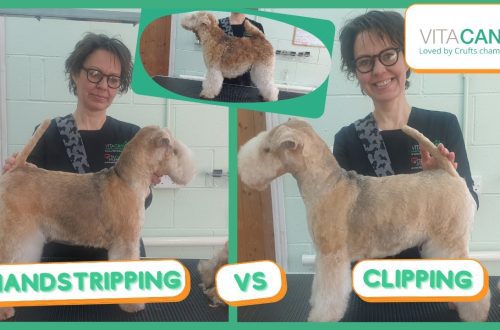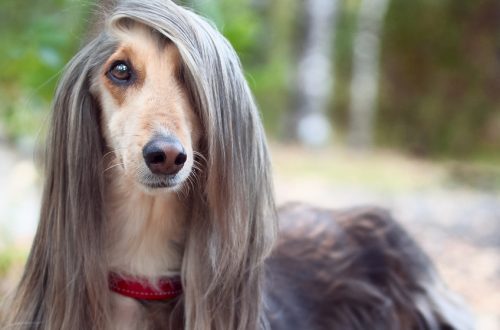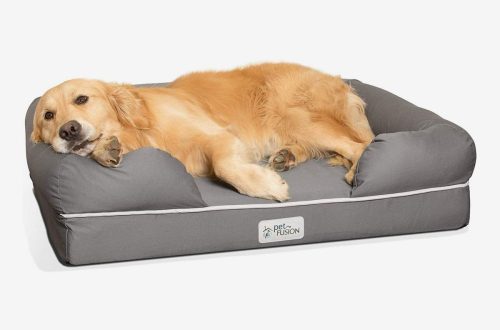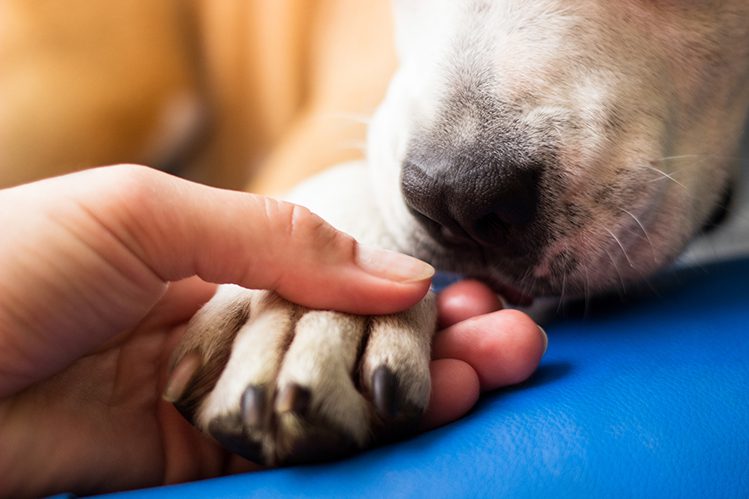
Dog nail trimming
Dogs do not scratch wallpaper and furniture, like cats, and do not prey on the owner’s foot under the covers. Does this mean that they do not need to cut their nails? Let’s figure it out together!
Dog claws grow rapidly throughout their lives and need just as much care as cat claws.
In the wild, the closest genetic relatives of dogs take care of their own paws. Every day they cover huge distances, and their claws grind down on a hard surface in a natural way. But with pets, the situation is different.
On a walk, in contact with the asphalt, the claws also grind slightly. But in order for them to grind sufficiently, it would take a long time to walk on asphalt. However, it is much more pleasant to walk with a dog in special areas and in parks where the surface is soft. Miniature pets walk on their hands at all. Therefore, grinding naturally does not occur.
If the dog’s nails are not shortened, they will grow back and grow into the skin, causing inflammation. Strongly overgrown claws interfere with walking and deform the paw. This is a fairly common problem, due to which dogs are disqualified at specialized shows.

Some dogs grow their nails faster than others. How do you know when it’s time to shorten them? The “call” is the characteristic clatter of claws on a hard surface. If you heard him, it’s time to cut your nails.
On average, a dog’s nails are trimmed once every 1 weeks.
Now we know that a dog needs to cut its nails. But how to carry out the procedure yourself? We offer a step by step guide. Let’s start with preparation:
We purchase a special tool for cutting claws: scissors or a guillotine. Scissors are recommended to shorten thin and small claws. Guillotines are best suited for large breed dogs. Many companies, such as Show Tech and Oster, make tools in various sizes to match the size of the pet.
Keep Bio-Groom Sure Clot with you just in case.
Stock up on treats to reward your pet.
Let’s start the procedure.
We fix the pet. To do this, it is better to enlist the reliable support of a friend or family member.
If necessary, we put a muzzle on the dog.
We start with the hind legs: the claws are less sensitive on them.
Gently take the paw in the palm of your hand, lightly press on the dog’s finger.
We cut the claw without touching the blood vessels.
Blood vessels may not be visible. This often happens if the nails are thick or dark in color. In such cases, shorten the nail a little at a time until pink or gray living tissue appears on the cut. Another way is to shine a flashlight on the claw, this will help to see the border of the blood vessels.
The cut is slightly trimmed with a file.
Having processed the paw, we praise the dog and treat it with a treat. She deserved it!
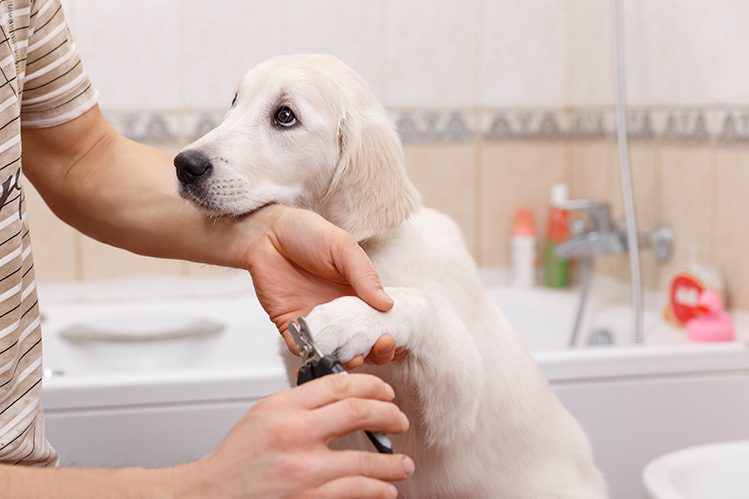
- Scissors. Pet nail scissors should not be used, otherwise the claws will begin to break and exfoliate. However, the pet industry has its own analogue of our scissors – a compact nail clipper, which is very convenient to use for shortening the claws of kittens, puppies and small animals. These scissors allow you to carry out the procedure easily and gently.
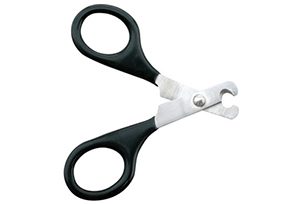
- Nippers, or, as they are also called, large nail cutters (for example, Comfort Large Show Tech). This is a classic tool for trimming the nails of adult cats and dogs, including large breeds. It is better to choose a nail clipper with a limiter for a safe procedure and with a non-slip silicone handle for more comfort. The sharp cutting surface made of high-quality steel makes the procedure comfortable and painless for the pet.
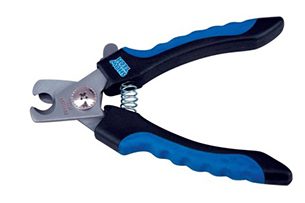
- Guillotine nail cutter. This tool works on a different principle than scissors and wire cutters. During the procedure, the claw is placed in a special holding hole, then the groomer presses the handles and the tip of the claw is cut off with a blade. The result is a fast, even and clean cut. But the tool also has its drawback: due to the holding hole, it cannot be quickly removed from the claw, and this increases the risk of injury. Therefore, the guillotine is recommended to be used for calm pets accustomed to grooming.
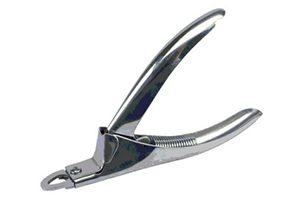
- Grinder. This is the safest nail trimming tool, ideal for those who are afraid of hurting their pet. This is something like an electric file, like those used for hardware manicure in beauty salons. It is more convenient to use compact wireless grinders with different speeds and a set of nozzles (for example, Nail Grinder has 4 interchangeable polishing heads). This will allow you to customize the tool for a specific pet. The grinder is suitable for all pets: dogs, cats, ferrets, rodents and birds.
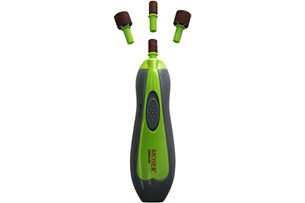
Unfortunately, sometimes a blood vessel is still affected during the procedure. In this case, distract your dog with praise or a treat and quickly treat the wound with a styptic powder (such as Bio-Groom Sure Clot). This is the best way to end the process. Treat the rest of the nails the next day.
Accustoming to cutting nails, as well as to other care procedures, is better to start from childhood. The sooner the pet gets to know them, the calmer it will react to them. Little puppies don’t need to cut their nails, but you can “feign” the procedure to get your little one accustomed to touch. To do this, simply massage the paws with your fingers, and then gently touch them with the tool.
For the first time, it is enough to trim 1-2 claws and look at the dog’s reaction. If all is well, treat all claws. But if the dog is nervous, stop the procedure and return to it after a couple of days. Do not turn grooming into stress: it should evoke only pleasant associations in your pet. After all, this is another reason to chat with your favorite owner!
After the procedure (and no matter how successful it was), be sure to treat your pet with a treat. He deserved it.
Careful paws for your dogs!



